What to do in a Ransomware Situation
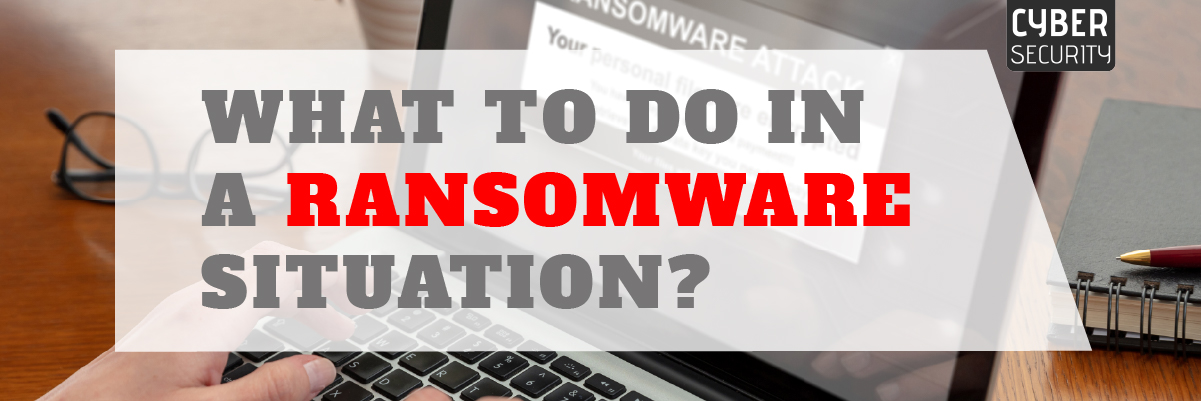
What to do in a Ransomware Situation
Imagine finishing up a critical work report when you suddenly lose access to all of your files. Alternatively, you may receive a strange error message requesting you donate Bitcoin to decrypt your computer.
Regardless of the scenario, a ransomware attack can be devastating for its victims.
Hackers are increasingly focusing on organizations to gain access to their files, passwords, sensitive data, and other information. In reality, ransomware impacted 71% of organizations targeted by attacks in 2017. In 2020, 127 new ransomware families were found, up 34% from 2019. Also, in 2020, there were 304 million ransomware assaults worldwide. Organizations’ yearly ransomware attacks have risen since 2018, culminating at 68.5% in 2021.
So, what is ransomware, exactly? In its most basic form, ransomware is malware that infects a computer or a device and encrypts the files, rendering them worthless. The hacker holds the data captive until the ransom money is paid for the encryption key to unlock files and data. Here’s what to do in a ransomware situation and how you may try to avoid it.
Who is a Target for Ransomware?
Ransomware can be targeted at anyone. Here’s an overview of who ransomware attacks most:
1. Home Users
Home users are more likely than businesses to be targeted because they tend to be more vulnerable. They’re less likely to have backup systems and may be more willing to pay if they think they can live without their data.
2. Businesses and Organizations
Businesses are targeted because they often have large amounts of valuable data on their systems that criminals want access to. If criminals can get access, they can steal information or hold it hostage as leverage against the business owner.
Steps to Take After Getting Hit by Ransomware
If you’re hit by ransomware, don’t panic! There are steps you can take right away to minimize the damage.
1. Stay Calm and Collected
The first thing you should do is not panic. Ransomware is designed to make you panic and pay the ransom as quickly as possible. If you’ve been hit by ransomware and don’t know what to do next, take a deep breath and think about your options. You’ll have more time than you think — even though the malware locks down your computer, it doesn’t delete any files immediately or completely lock them up forever.
2. Check Your Security
If the ransomware encrypts your computer or network, you should immediately check your security. If you’re running a version of Windows, that’s no longer supported by Microsoft. The ransomware may infect your computer through an exploit. If you’re using unsupported software or operating systems, update them as soon as possible. Also, ensure that all your software is up-to-date with the latest security patches and updates.
3. Cut the Internet Supply
Ransomware infections often encrypt all the data on an infected device. This can include both your files as well as your operating system files. You must disconnect your device from any networks or other devices before attempting to remove the infection. Ransomware often uses hidden network shares to spread and encrypt more computers. Any connection to these shares could spread more infections across your network.
4. Write Down Key Details
If your computer has been encrypted by ransomware, write down any information that may be required later. This includes serial numbers for devices and software installed on your computer, license keys for programs such as Microsoft Office, financial information stored in online banking applications, and even usernames and passwords for websites accessed using the browser. Keep this list in a safe place separate from where it was stored initially so that it doesn’t get lost during cleanup efforts or damaged by future malware attacks against your network or computer system.
5. Take a Screenshot of the Ransomware Message
If you see a message on your screen saying that your files are encrypted and you need to pay a ransom to decrypt them, take a screenshot of the entire screen. This will help law enforcement identify the strain or variant and track its creator(s).
6. Notify Your IT Department
After taking a photo, you should notify your IT department immediately so they can remove the malware and protect your computer from future attacks. If you don’t have an IT department and are unsure how to remove ransomware manually, it’s best to leave this to professionals who have experience dealing with these types of threats.
7. Look for Decryption Tools
Ransomware attacks often include a “decryptor” or key that can be used to unlock files after payment has been made. If there’s no decryptor included in the package, victims can often find them on forums or other sites dedicated to helping victims of ransomware attacks.
8. Report the Ransomware
You should report the ransomware attack to law enforcement but do so carefully. Don’t share your encrypted files with anyone, even law enforcement officials. The FBI has warned that it doesn’t have the tools to decrypt those files and could accidentally expose them to hackers.
What Not to Do After Getting Hit by Ransomware
Here are some crucial things that you must ignore after getting hit by ransomware.
● Don’t Be Embarrassed to Talk About the Ransomware
If you suspect your system has been infected with malware or ransomware, don’t be embarrassed or afraid to tell someone. The idea behind ransomware is that it will force victims to pay up to get their data back — and paying up is what they want. If you don’t pay, they won’t get paid and won’t give you your data. So why would anyone want to keep quiet about being hit with this type of malware?
● Don’t Be Quick to Pay the Ransom
If you decide to pay the ransom, there is no guarantee that the criminals will release your files as promised. Paying a ransom can put you at greater risk of permanently losing all of your data. Ransomware criminals often keep files encrypted even after receiving payment and sometimes even send victims bogus information about how much was paid — or tell them their computers are still infected with malware when they aren’t.
● Don’t Use the Infected Computer Again
This could cause additional damage to your computer or allow other malware to get onto it. If you can’t afford to take this computer offline immediately, disconnect it from any network it may be connected to (and turn off wireless).
● Don’t Try to Remove the Ransomware Yourself
Many strains are designed to block any attempts at removal, so they can continue to hold your data hostage. Instead, use an antivirus program or another malware removal tool that can disinfect affected systems automatically.
Final Words
Ransomware, while simple in concept, is persistent and destructive. However, you can prevent these malicious attempts from causing significant damage with due attention and excellent security hygiene.
If you are a victim of ransomware, keep in mind that you can lessen the effects if you take rapid and effective action after the assault.
Stay protected from ransomware by keeping your software up to date and installing anti-virus software, or take the help of a third-party cybersecurity provider. Stay vigilant about what you click on, and make sure you have a backup plan in case you get hit with ransomware. Get advice from experts and use top-notch solutions from Protected Harbor to reduce the risk of ransomware. With the right data protection software with us, you can set up a vault that is protected by a firewall to prevent unauthorized access; it also uses geo-location to prevent access from unauthorized locations.
Contact us today to learn more about our offerings and how they can help you stay protected from ransomware and other cyber threats.




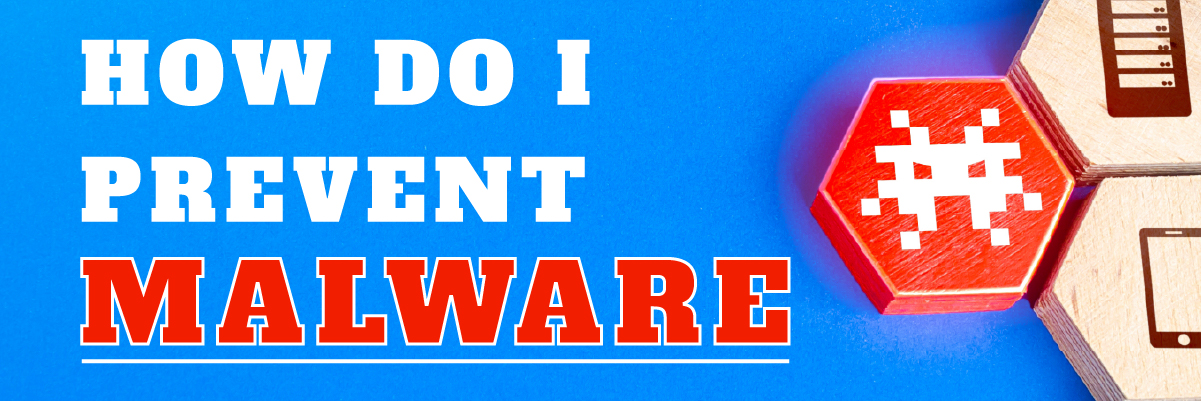
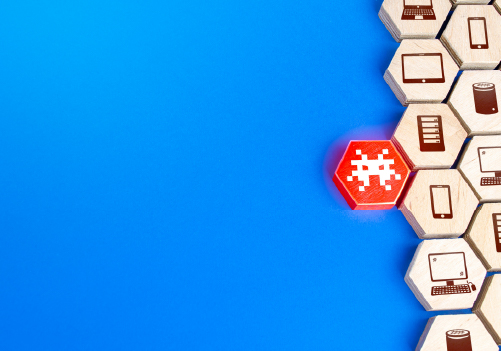

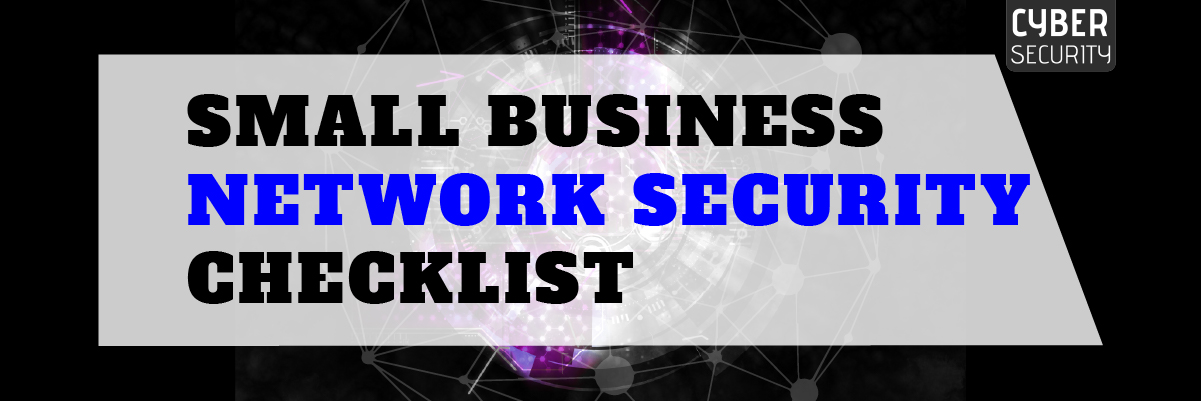


 How do I Send Data Privately?
How do I Send Data Privately?
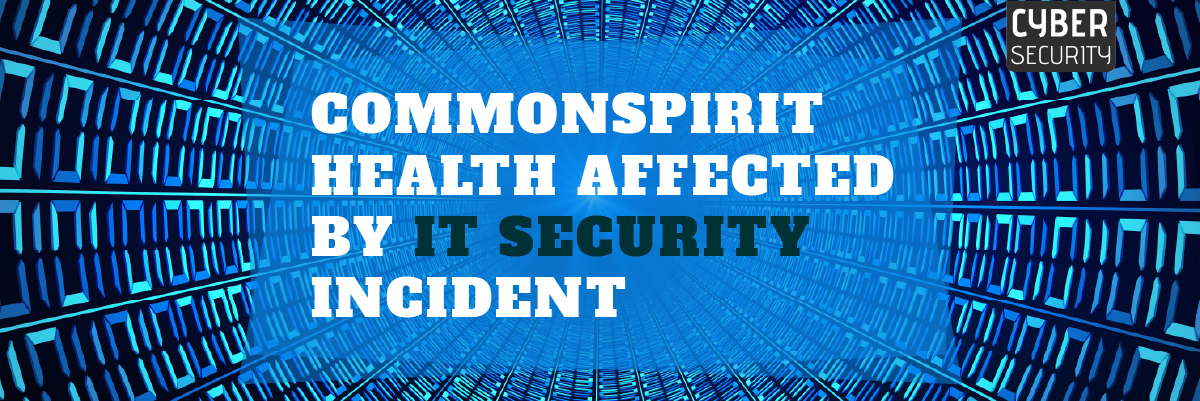










 Keeping Your Passwords Safe and Protected
Keeping Your Passwords Safe and Protected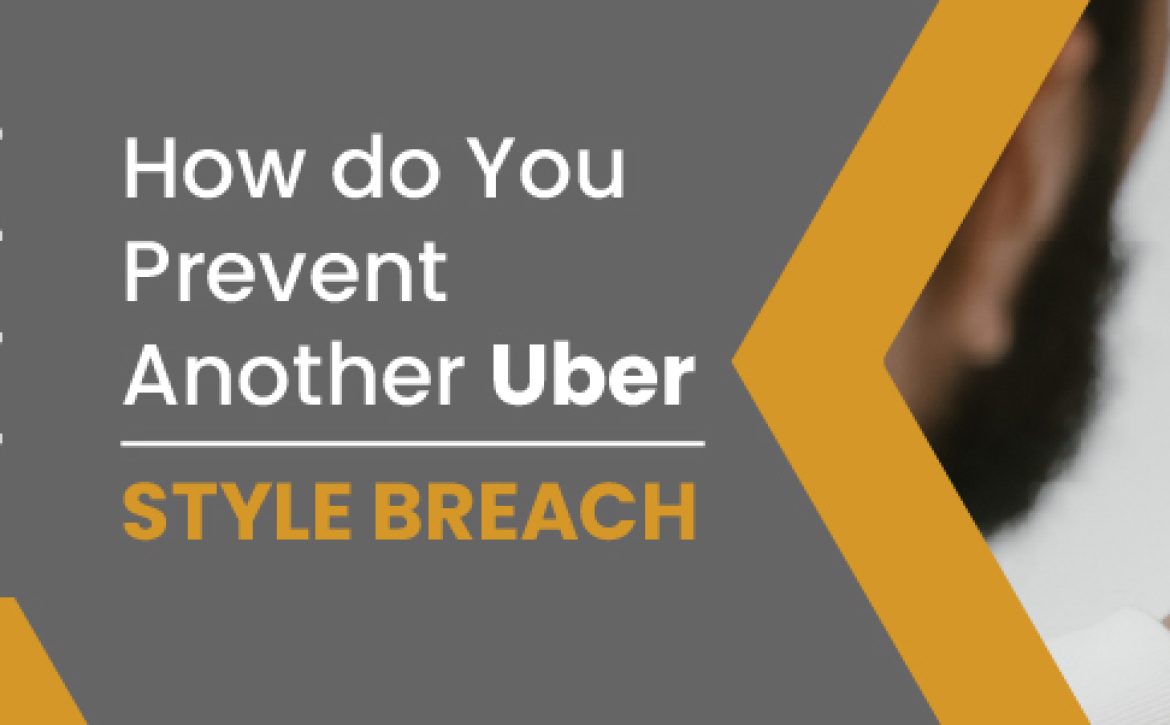



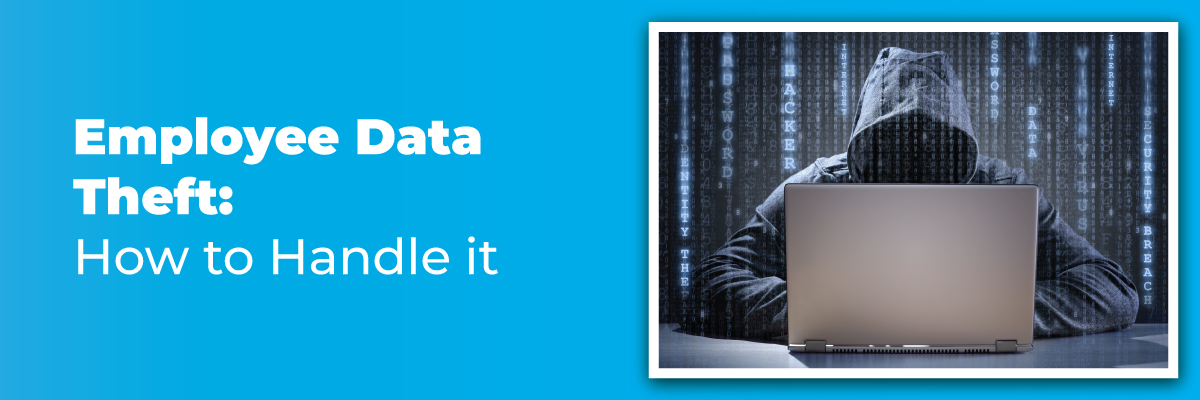
 How to Prevent Data Theft from Employees?
How to Prevent Data Theft from Employees?